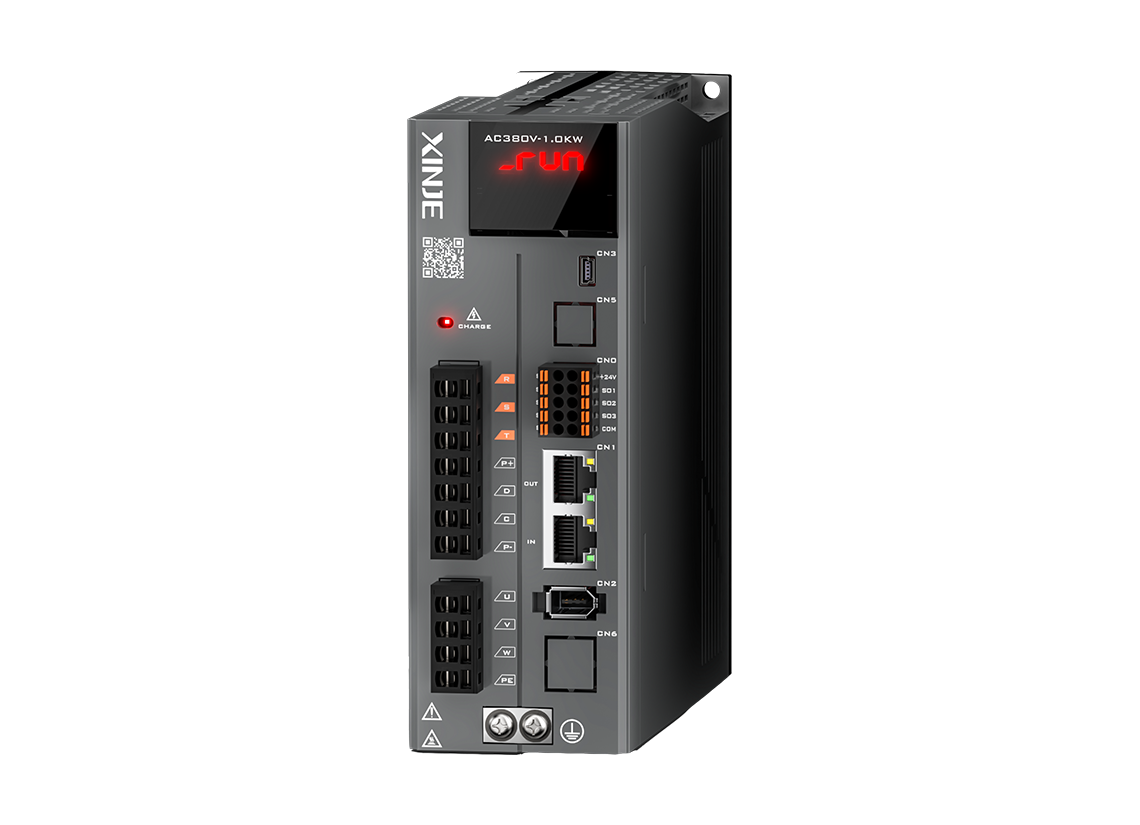Twisting machine system solution
Twisting machine system solution

Infinite speed regulation, consistent wire arrangement, higher precision, energy-saving and consumption reduction
A stranding machine is a device that twists several metal wires into a strand with a specific pitch and direction. The product, steel wire rope, is widely used in various industries and fields such as tires, metallurgy, shipping, elevators, cable cars, mining, marine, bridges, military, and aerospace.

Industry background
Stranding is the process of arranging rope strands in a helical pattern around the rope core to produce steel wire rope. A stranding machine typically consists of main components such as a transmission device, twisting body, wire pressing device, traction device, safety and parking device, and take-up and laying device. It twists multiple metal wires into strands with a specific pitch and direction. Based on structure, it can be classified into skip-type, tubular, and bow-type stranders (double-twist, jump rope-type stranders). The products, steel wire ropes, are widely used in industries and fields such as tires, metallurgy, shipping, elevators, cable cars, mining, marine, bridges, military, and aerospace.


System principle
A double twist machine is primarily used for producing small gauge line contact steel wire strands and steel cord. Unlike tubular machines, this type of equipment does not have a cylinder, resulting in a smaller rotational inertia and increased operating speeds, typically reaching up to 5000~6000 r/min. It mainly consists of the following components: flywheel pay-off section, synchronous twisting unit, synchronous traction unit, tension balance arm, take-up, and traverse. The machine twists multiple fine wires into a single strand according to the set speed and twist pitch, and finally collects the strand onto a specific spool according to the predetermined length.

System topology





